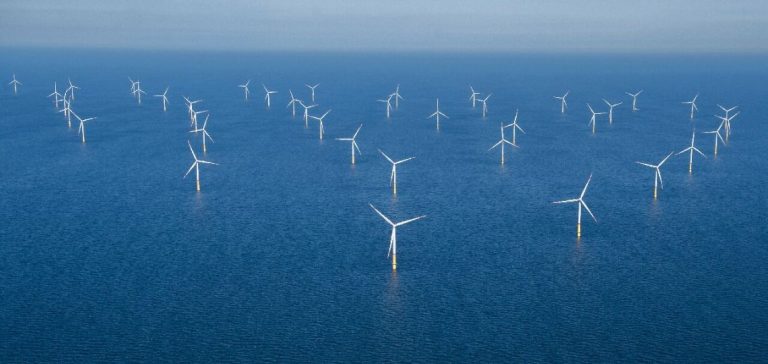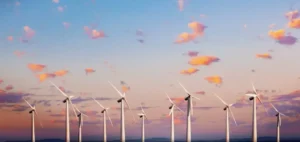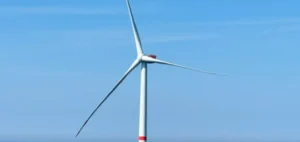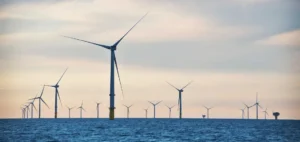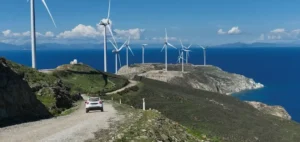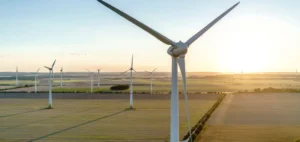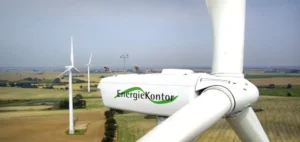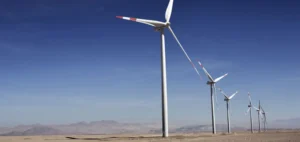The Bureau of Ocean Energy Management (BOEM) has given its final approval for the construction plan of the Atlantic Shores South Offshore Wind projects. These two wind installations, located 8.7 miles off the coast of New Jersey, will be split across two separate leases, resulting from the division of an initially single lease. With this validation, the Biden-Harris administration’s goal of expanding U.S. offshore wind capacity to 30 gigawatts by 2030 is moving closer to reality.
The Atlantic Shores South project includes up to 197 positions for wind turbines, offshore substations, and a meteorological tower. The submarine transmission cables will connect to New Jersey’s electrical grid, with potential landing points in Atlantic City and Sea Girt. This project aims to strengthen the state’s energy supply while meeting rising electricity demands and supporting the diversification of its energy mix.
Incorporating Environmental Protection Measures
The BOEM integrated feedback from various stakeholders, including local communities, government agencies, and marine users. The goal is to minimize the impact on marine ecosystems and ensure coexistence with fishing activities. Adjustments include construction restrictions during certain periods of the year to protect marine mammal migrations. Such measures are becoming increasingly standard for offshore wind projects to ensure sustainable operations while addressing energy challenges.
Under the Biden administration, BOEM has approved over 15 gigawatts of capacity across ten projects, representing approximately 5.25 million homes potentially powered. The proliferation of projects reflects a strong political will to increase the share of renewable energy in the U.S. energy mix, with a specific focus on offshore wind to achieve national decarbonation targets.
Atlantic Shores South in a Broader Development Framework
The Atlantic Shores South project is part of a larger context of lease sales, including record-breaking auctions led by BOEM off the coast of New York and New Jersey, as well as the first sales along the Pacific and Gulf of Mexico coasts. Earlier this year, the Department of the Interior announced an extended lease sale schedule for offshore wind farms through 2028. This plan covers strategic zones to maximize production and diversify energy sources.
This diversification effort is essential to securing the national energy supply while reducing dependence on fossil fuels. The growing competitiveness of offshore wind technologies, coupled with political support for these projects, is driving the sector’s expansion. However, this acceleration is accompanied by regulatory challenges and opposition from certain maritime groups, mainly related to the impact on fishing zones.
Economic Perspectives and Local Implications
Beyond energy considerations, the Atlantic Shores South project holds significant economic importance for the New Jersey region. The development of these wind farms is part of a strategy to create new jobs and attract investment in local energy infrastructure. The supply chain, from turbine construction to installation maintenance, could stimulate regional economic growth.
However, the long-term success of these projects will depend on their integration into existing local infrastructure and the ability to resolve usage conflicts, particularly with fishing activities and maritime transport. BOEM plans to continue working in collaboration with local stakeholders to ensure that offshore wind development proceeds in a coordinated and balanced manner.

